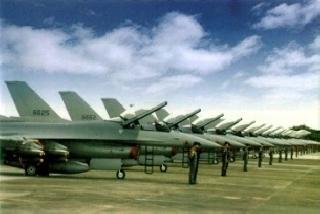
Artistic illustration of Chang’e-2 spacecraft. A CNTV photo
BEIJING (PTI): China’s second moon orbiter Chang’e-2, which is drifting deep into space after completing its moon mission has sent back the first batch of data from about 1.7 million km away from Earth.
The orbiter is scheduled to travel around the second Lagrange Point (L2) orbit till the end of 2012, according to the State Administration of Science, Technology and Industry for National Defence.
The data it sent back from L2 point, about 1.7 million km away from Earth, was obtained by gamma-ray spectrometer, high-energy solar particle detector and solar wind ion detector loaded on the orbiter while it travelled from the Moon’s orbit to its current position, state-run Xinhua news agency reported.
Chang’e-2 will carry out exploration activities, such as monitoring of the high energy particles and solar winds, around the L2.
Li Chunlai, one of the designers of the lunar probe project, said Chang’e-2 will be the first Moon orbiter in the world to observe solar winds for a fairly long time around the L2 which is a prime position to study such phenomena.
Chang’e-2 entered the L2 orbit, where gravity from the Sun and Earth balances the orbital motion of a satellite, in late August and has been operating stably for 26 days.
There are five so-called “Lagrange Points” about 1.5 million km from the Earth in the exact opposite direction from the Sun.
Positioning a spacecraft at any of these points allows it to stay in a fixed position relative to the Earth and Sun with minimal amount of energy needed for course correction.
It is the first time for China to send a spacecraft to a place 1.7 million km away from Earth.
 Previous Article
Previous Article Next Article
Next Article













The Indian Air Force, in its flight trials evaluation report submitted before the Defence Ministry l..
view articleAn insight into the Medium Multi-Role Combat Aircraft competition...
view articleSky enthusiasts can now spot the International Space Station (ISS) commanded by Indian-American astr..
view article